How to Identify a Fake Text Message, and What to Do
A new text message arrives:
"Hi, it's AT&T. We found an issue with your internet equipment. Go to https://my.att.com/t/ to fix it with Smart Home Manager. Español? Envie SP."
Have you received this AT&T text message from 91639 too? I confirm that I'm not the only one who gets this type of message based on the Reddit discussions. Someone said this is legit while others argued it's fake.
By the way, a fake text message is a deceptive communication that appears as if it comes from a legitimate source. So, how do you identify a fake message? Let's have a look.
How to Identify a Fake Message
Individuals who send fake messages have one goal to achieve, and that's to trick you into giving out your personal information, such as your bank information, email password, or OTP for login.
If you fall into the trap, they can access your accounts or steal your identity for other nefarious activities. So, if a text message fits into any of the signs, then it is very likely that it's fake:
1Unconfirmed Senders
Generally, legitimate organizations use specific shortcodes for official communications. However, impostors often engage third parties to send fake text messages. So, if the claimed sender's phone number is not associated with the official organization, it is definitely fake.
Additionally, if the message claims it's from someone you know but comes from an unknown number, you should tread with caution. Also, always be wary of messages from international numbers.
2Attached URLs or Files
People who send fake text messages aim to trick you into revealing personal information. To do so, they often add links or files to their text messages.
So, when you receive a so-called legit message coming with a URL or an attachment, avoid clicking on them no matter how much they look like the official site (fake actually).
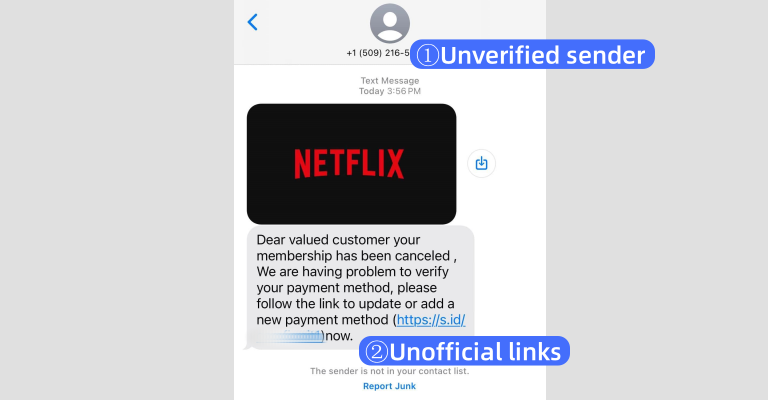
3Grammar and Spelling Errors
If you get a text message riddled with spelling or grammar errors, this should be a red flag that something is off. Official SMS is usually verified through a series of thorough reviews and approvals, so there is no possibility of low-level spelling errors. On the contrary, fraudsters as well as their mechanism are not "smart." They often don't proofread to check for grammatical or spelling errors.
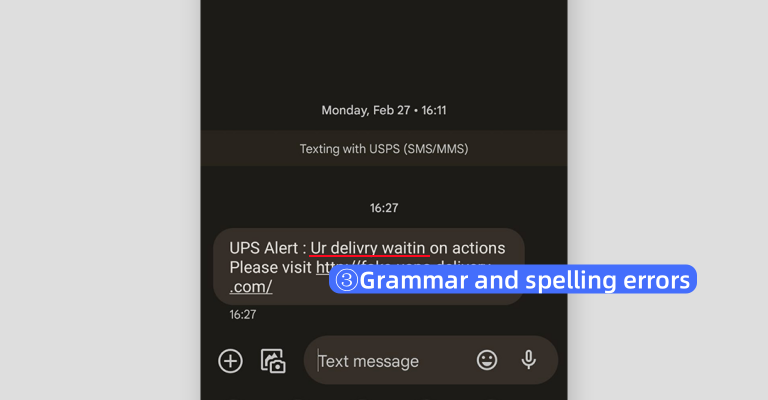
4Strong Inducibility
Fake text messages always have a sense of urgency to them. The message often contains information that is inconsistent with the actual situation, such as claiming that you have an abnormal account, outstanding debts, or urgent matters to deal with.
Then, they want you to act immediately, and the reason for this is simple – they need to gain your personal data as soon as possible, so they have to pressure you to act immediately.
Like the example shown below, it pushes the victims to click on the link or else they will be charged more.
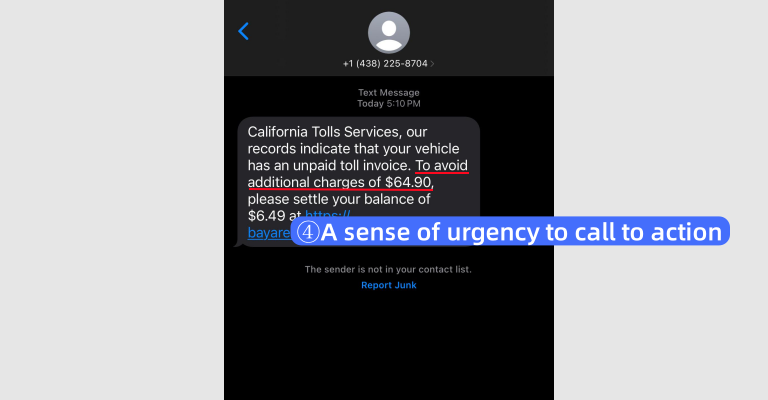
5Too Good to Be True Offers or Prizes
We all dream of winning the lottery. But if a text message informs you that you've won a trip or some ridiculous amount of money, will you fall into this trap? Attention! This is another common fake text message example.
In the messages, they ask you to visit a website to claim your prize by providing your personal information. If you've not entered any raffle draw or giveaway (even if you did), tread with caution when you get such a message.
What to Do If You Receive Fake Text Messages
Now that you know how to identify a fake text message, what to do about it? Here are the most important tips you can do if you get such a message.
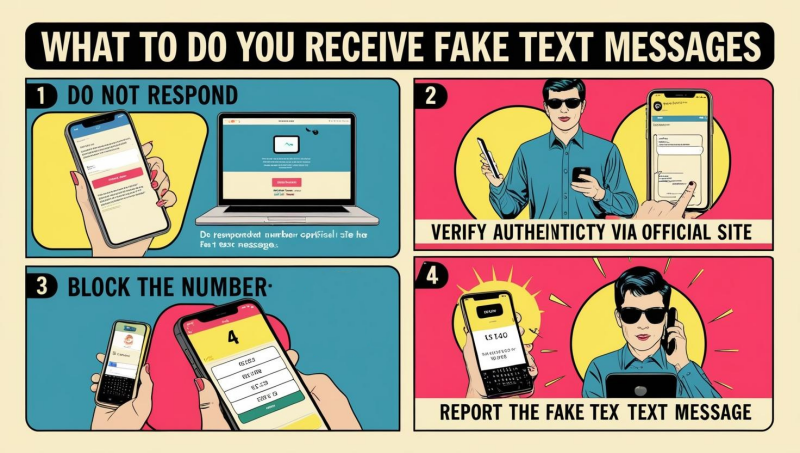
Do not Respond
Understandably, if you received an SMS notifying you of a prize or an urgent case, the first thing that comes to mind is to click the link to deal with them. But doing that is dangerous.
For a start, no official institution will ask you to click a link and provide your personal information through a text or an email. Therefore, ignoring them is the best response.
Secondly, even though the messages ask you to reply "Stop" to prevent future messages, do not respond to them. Because this is a trick that some bad actors use to verify that you have an active phone number. Once verified, new fake and scam messages will continue to come.
- Exit the page as soon as possible
- Do not provide further information
- Pay close attention to your account for any unusual activity
- Change the password for important accounts, like bank accounts
- Scan your device for malware
Verify the Source and the Authenticity
What a scammer wants from you is to respond, and if you reply or click a suspicious link, you may give away too much information or download malware on your phone unknowingly. Therefore, always verify the sender before you take action, even if the message is from someone you know.
Additionally, contact the official channel or support service to verify the authenticity of the message especially when you receive a text message that requires you to handle an emergency. Alternatively, go to the official site to check if the contact information matches the details provided by them.
Block the Number
If you continue to get multiple fake messages from the same number, blocking the number is the best counterattack. It's pretty simple to do with your mobile phone. Here's how:
- Step 1.Open the fake text message and select the profile icon.
- Step 2.Tap the info icon and select "Block this Caller."
*Taking Samsung Messages as an example.
- Step 1.Open the fake text and click on the three-dot icon at the top right.
- Step 2.Select "Block Contact."
Report the Fake Text Message
You can report the fake SMS as junk in the messaging app on your phone. Or, forward these text messages to the number 7726 (Spam). This actually reports it to your mobile service provider and they will review it and take proper action to help stop these kinds of scams.
Visit the Federal Trade Commission's dedicated website, where consumers can report fraud. From the site, choose the category that the fake message falls into, fill out the form, and then paste the content of the scam text message into the comments. Avoid clicking any link in the text message while copying and pasting the message.
How to Avoid Being the Target of a Fake Text Message
Knowing how to identify a fake text message is great, but knowing how to avoid being the target of a fake text message is better. Here are some steps to follow so you won't be the target or victim of the fake text messages:
- Limit the Personal Information You Share Online:
- Not Clicking on Unverified Links:
- Avoid Registering Accounts on Unknown Sites:
- Install Third-party Tools:
Keep your personal and financial information private and don't share them on your social media or with people you don't trust. Some telemarketers or advertisers may browse through the Internet to look for opportunities. Once they find you, you'll be the target of countless unwanted scams, ads, and fake information.
Whenever you see a link in an ad, a web page, or somewhere else, don't click on it. Additionally, never provide your phone number, bank account, and card numbers on non-official websites. It's never wrong to be vigilant.
Always check the domain of a website and be sure it's a legitimate site before you register an account. For instance, Amazon's website is https://amazon.com and not http://amason.com. The difference can be very inconspicuous, and that's why you must always pay attention.
Consider using number-blocking apps like Truecaller. It even boasts a feature to detect fake and spam SMS. When a deceptive SMS message is arrived and detected, you'll receive a red notification to warn you and keep you alert. It can also disable the links in the fake messages, preventing any potential harm.
Watch Out for Follow-up Fake Texts!
Scammers don't give up. If you don't respond to the message, they'll keep sending it. Therefore, as soon as you confirm that a message is fake, block the number. If you don't, they'll keep sending follow-up fake texts to annoy you into tricking you. Always be conscious of what you do at all times and never open a message absent-mindedly so you don't mistakenly click on suspicious links.



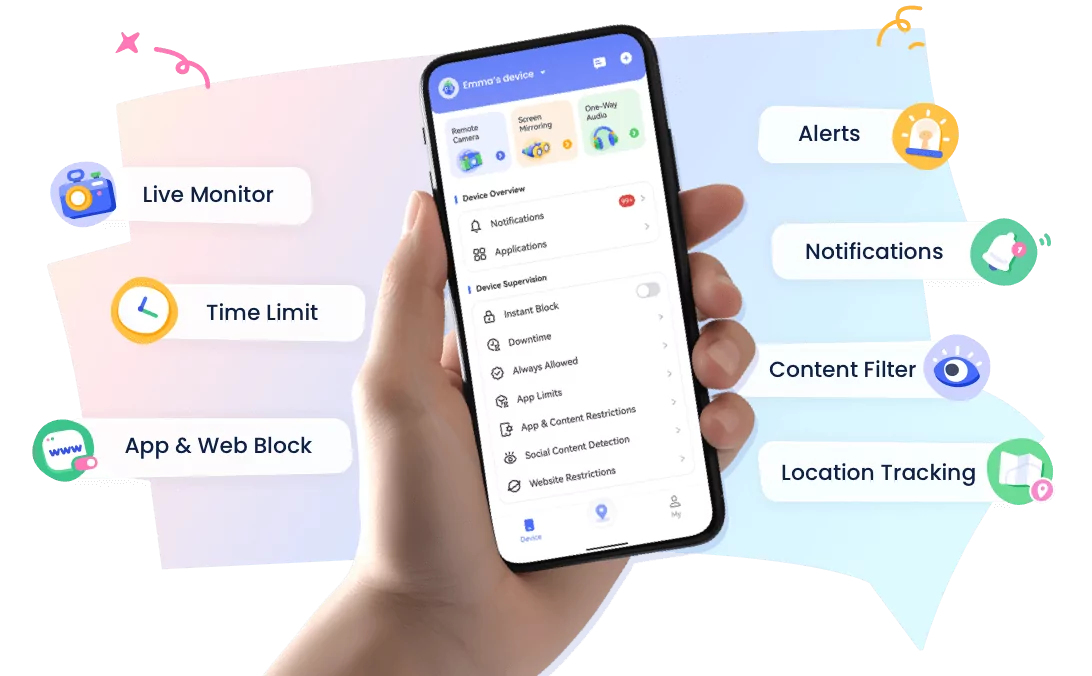






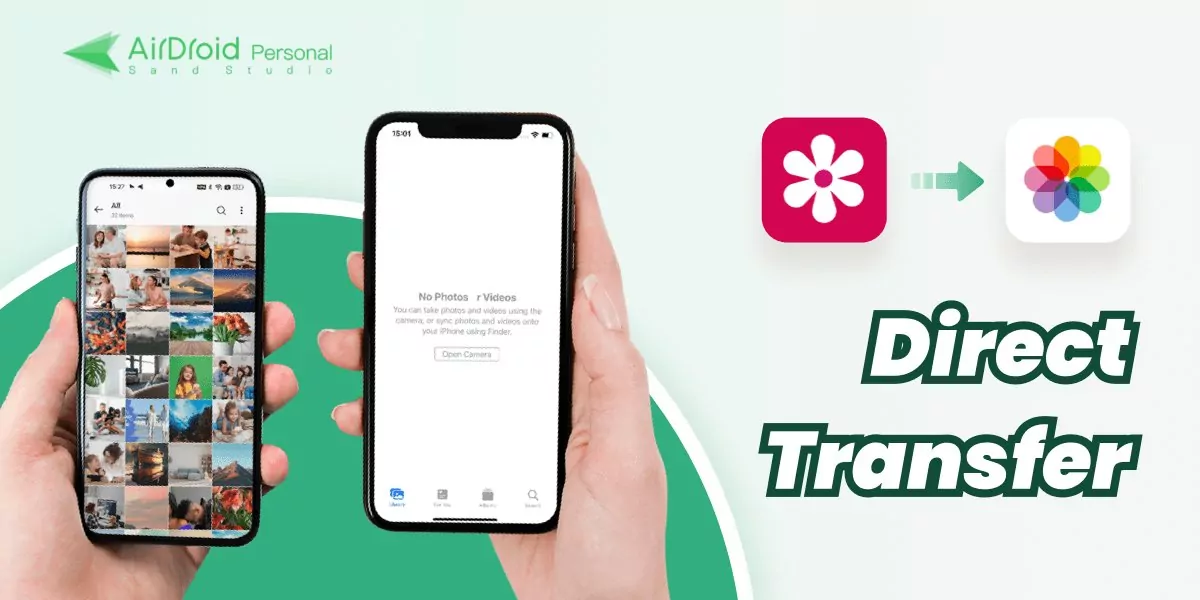

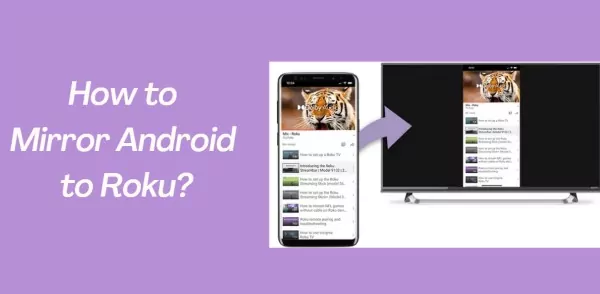



Leave a Reply.